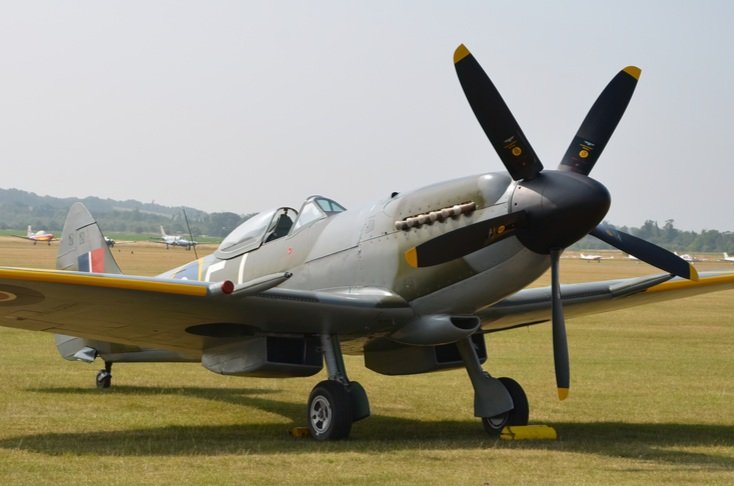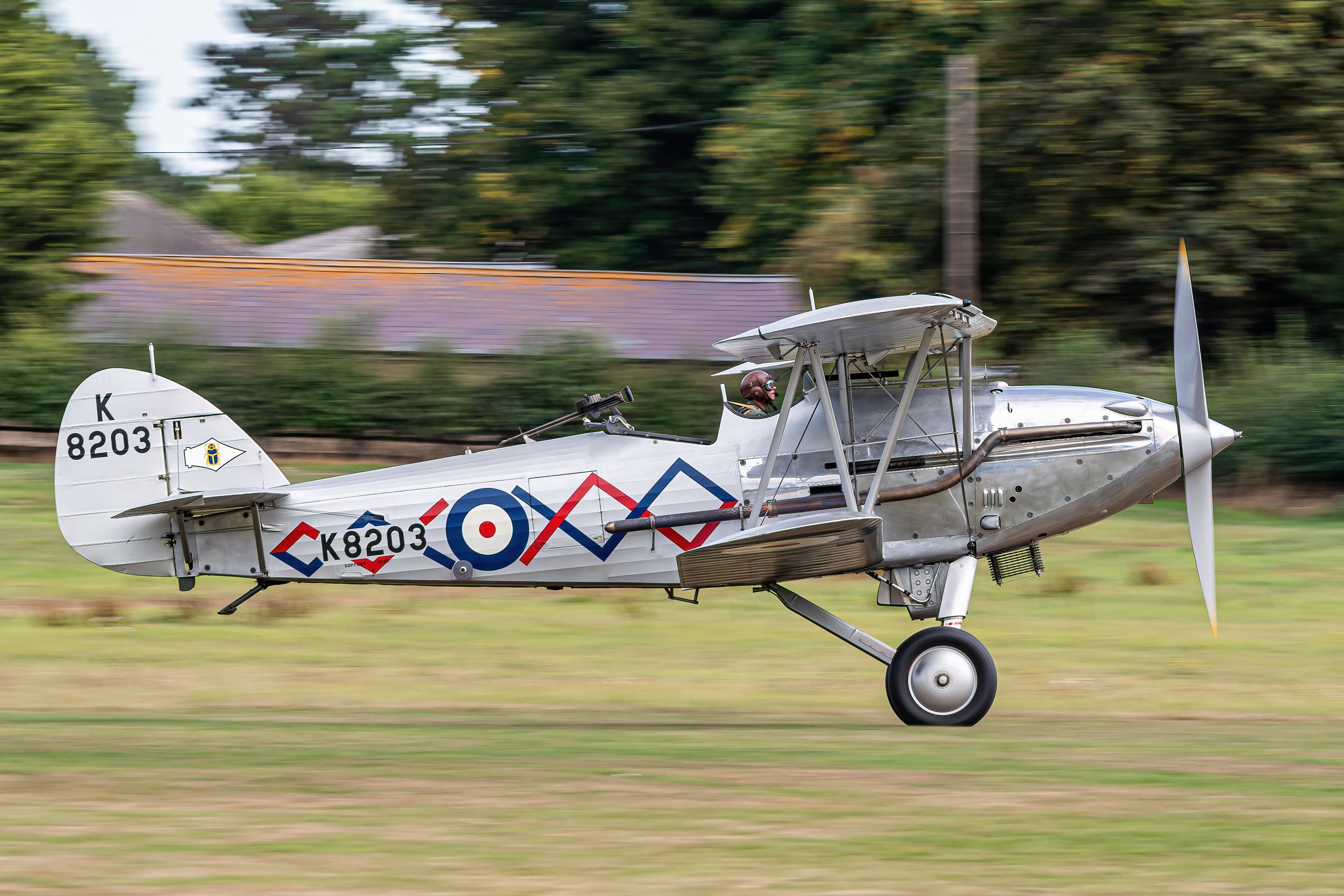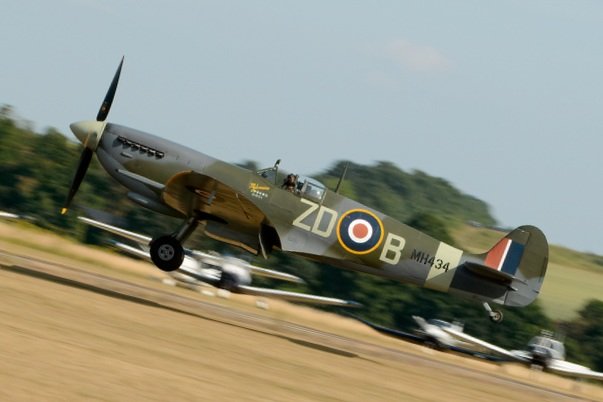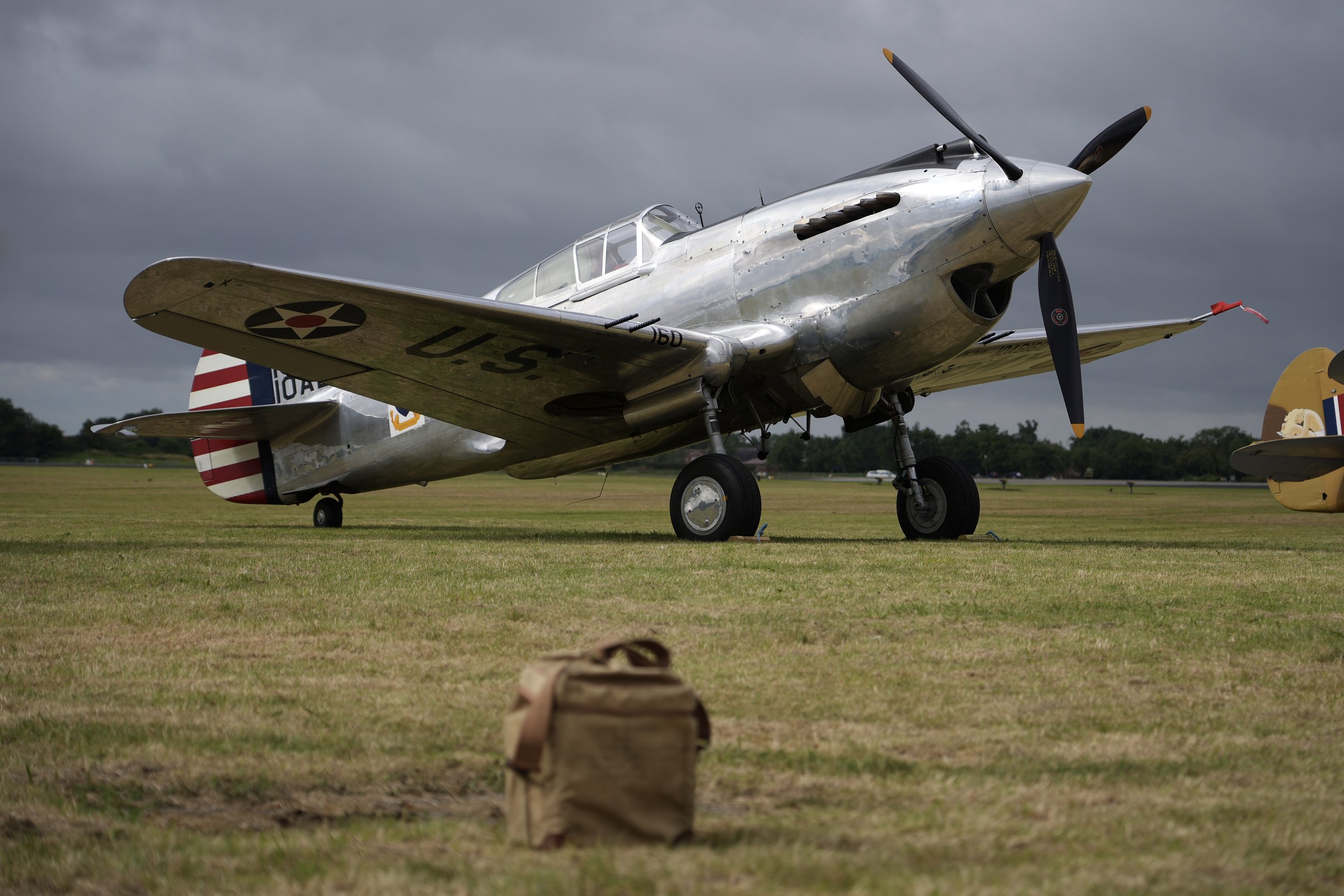B-17 G-BEDF
Year built
1945
Aircraft
B-17G
Base
Duxford Airfield
Sally B is the name of an airworthy 1945-built Boeing B-17G Flying Fortress. She is the only airworthy B-17 left in Europe, as well as one of three B-17s in the United Kingdom. The aircraft is based at the Imperial War Museum Duxford, England. Sally B displays at airshows in the UK and across Europe as well as serving as an airborne memorial to the United States Army Air Forces airmen who lost their lives in the European theatre during World War II.
The aircraft was delivered to the United States Army Air Forces (USAAF) on 19 June 1945 as 44-85784, too late to see active service in the war. After being converted to both a TB-17G training variant and then an EB-17G, she was struck off charge in 1954. In 1954, the Institut Géographique National in France bought the plane for use as a survey aircraft. In 1975, she moved to England and was registered with the CAA as G-BEDF to be restored to wartime condition.
The Sally B was first fitted with accurate gun turrets and other much needed additions for her role as Ginger Rogers, a B-17 bomber of the fictitious bomber unit featured in the 1981 LWT series We'll Meet Again.
During the winter of 1983–84, Sally B was painted in an olive drab and neutral grey colour scheme, in place of the bare metal scheme she had worn since construction, in order to protect the airframe from the damp UK weather. At the same time, she received the markings of the 447th Bomb Group.
The Sally B was used in the 1990 film Memphis Belle as one of five flying B-17s needed for various film scenes, and it was used to replicate the real Memphis Belle in one scene. Half of the aircraft is still in the Memphis Belle livery, following the restoration of the Sally B nose art and the black and yellow checkerboard pattern on the cowling of the starboard inner (no 3) engine, carried as a tribute to Elly Sallingboe's companion Ted White, whose Harvard aircraft had the same pattern on its cowling. Sally B was reworked to B-17F configuration for filming.
Since 1985, Sally B has been operated by Elly Sallingboe's B-17 Preservation Ltd and maintained by Chief Engineer Peter Brown and a team of volunteers. The aircraft is flown by volunteer experienced professional pilots. The B17 Charitable Trust exists to raise funds to keep the plane flying. In 2008, Elly Sallingboe was awarded the Transport Trust 'Lifetime Achievement Award' in recognition of over thirty years of dedication to the preservation and operation of Britain's only airworthy Boeing B-17 Flying Fortress as a flying memorial to the tens of thousands of American aircrew who lost their lives in her sister aircraft during the Second World War.
One of the key events in the flying calendar for Sally B is an annual tribute flypast following the Memorial Day service at the American Military Cemetery at Madingley, Cambridge. This takes place over the May Bank Holiday weekend. Flypasts over former Eighth Air Force bases are also carried out whenever possible during the summer months.
| Back to Top |
Boeing B-17G Flying Fortress
The Boeing B-17 Flying Fortress is a four-engined heavy bomber developed in the 1930s for the United States Army Air Corps (USAAC). Competing against Douglas and Martin for a contract to build 200 bombers, the Boeing entry (prototype Model 299/XB-17) outperformed both competitors and exceeded the air corps' performance specifications. Although Boeing lost the contract (to the Douglas B-18 Bolo) because the prototype crashed, the air corps ordered 13 more B-17s for further evaluation. From its introduction in 1938, the B-17 Flying Fortress evolved through numerous design advances, becoming the third-most produced bomber of all time, behind the four-engined Consolidated B-24 Liberator and the multirole, twin-engined Junkers Ju 88.
The B-17 was primarily employed by the USAAF in the daylight strategic bombing campaign of World War II against German industrial, military and civilian targets. The United States Eighth Air Force, based at many airfields in central, eastern and southern England, and the Fifteenth Air Force, based in Italy, complemented the RAF Bomber Command's night-time area bombing in the Combined Bomber Offensive to help secure air superiority over the cities, factories and battlefields of Western Europe in preparation for the invasion of France in 1944. The B-17 also participated to a lesser extent in the War in the Pacific, early in World War II, where it conducted raids against Japanese shipping and airfields.
From its prewar inception, the USAAC (by June 1941, the USAAF) promoted the aircraft as a strategic weapon; it was a relatively fast, high-flying, long-range bomber with heavy defensive armament at the expense of bombload. It developed a reputation for toughness based upon stories and photos of badly damaged B-17s safely returning to base. The B-17 dropped more bombs than any other U.S. aircraft in World War II. Of approximately 1.5 million tons of bombs dropped on Nazi Germany and its occupied territories by U.S. aircraft, over 640,000 tons were dropped from B-17s. In addition to its role as a bomber, the B-17 was also employed as a transport, antisubmarine aircraft, drone controller, and search-and-rescue aircraft.
As of October 2019, 9 aircraft remain airworthy, though none of them was ever flown in combat. Dozens more are in storage or on static display. The oldest of these is a D-series flown in combat in the Pacific on the first day of World War II.
| Back to Top |
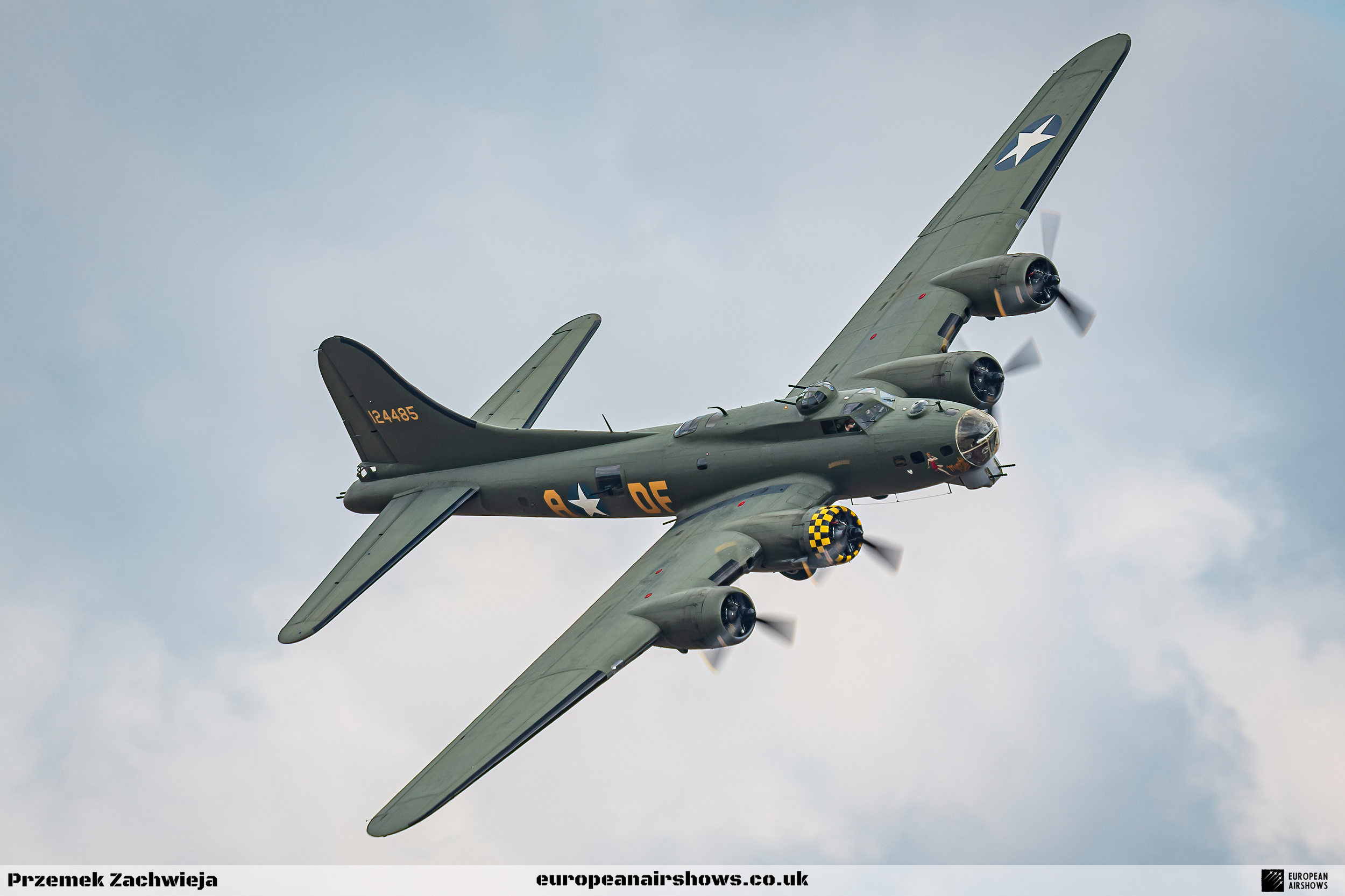
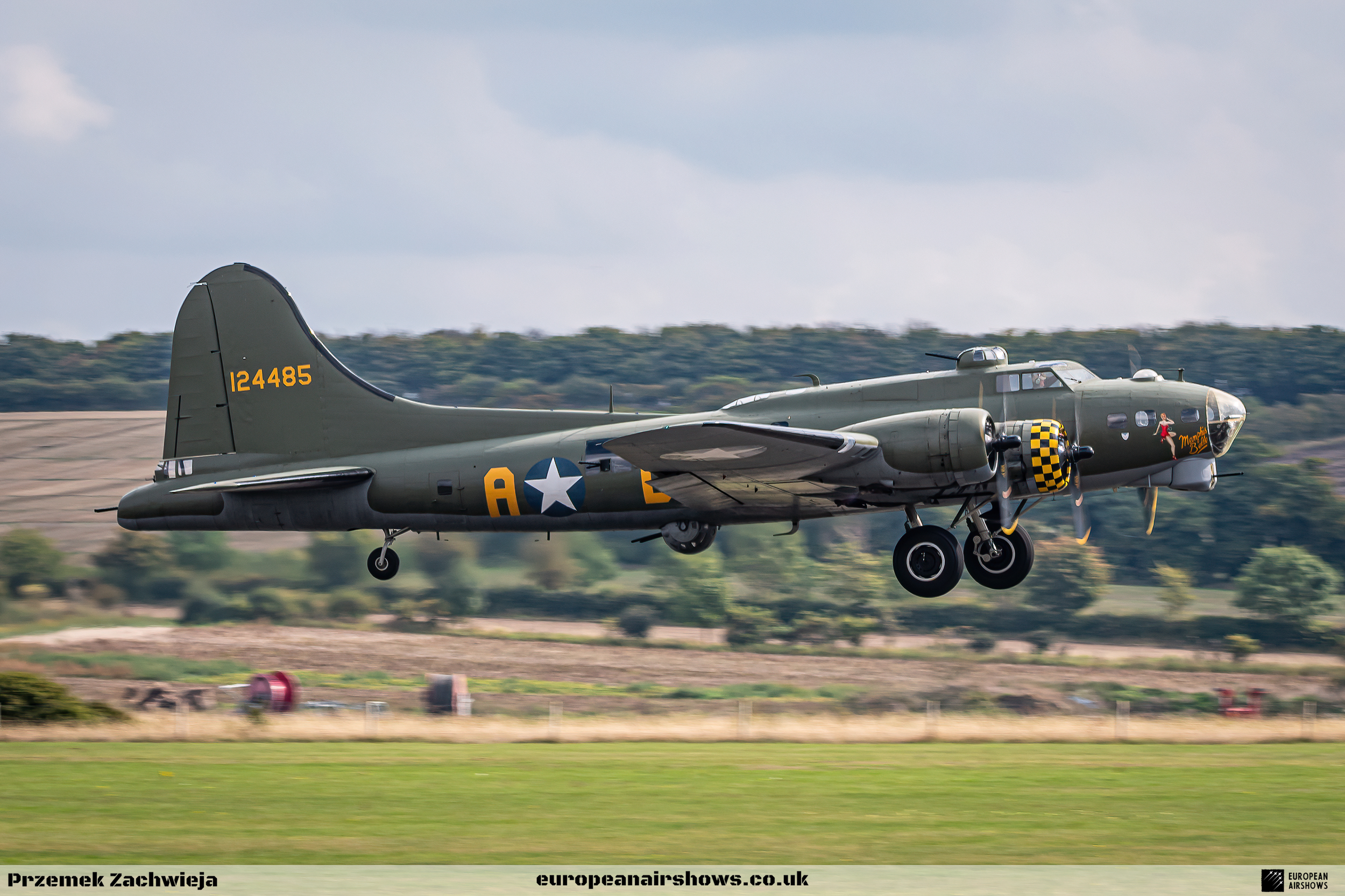
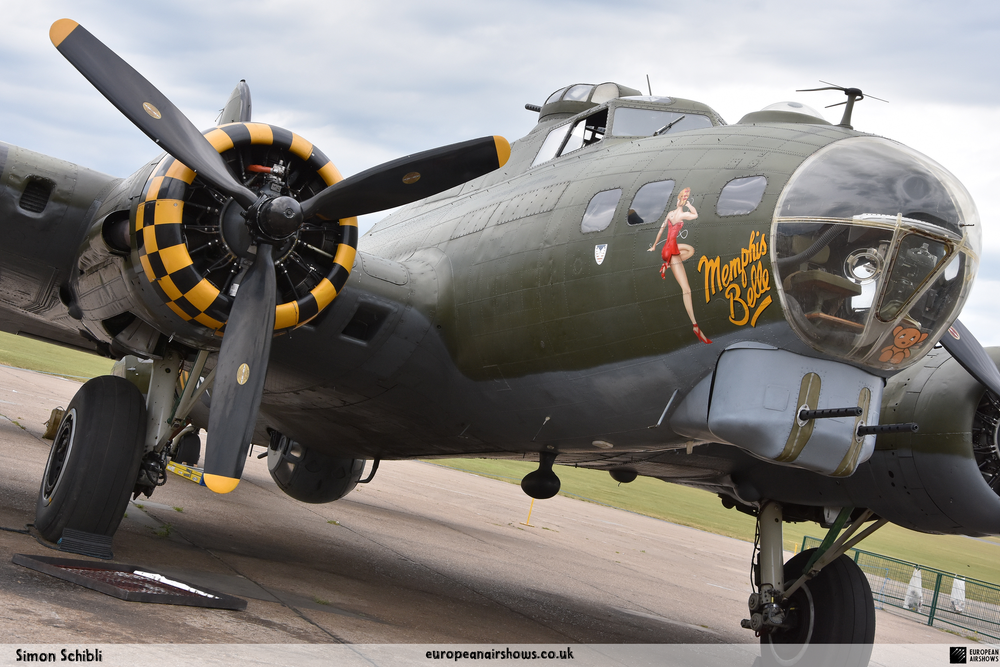
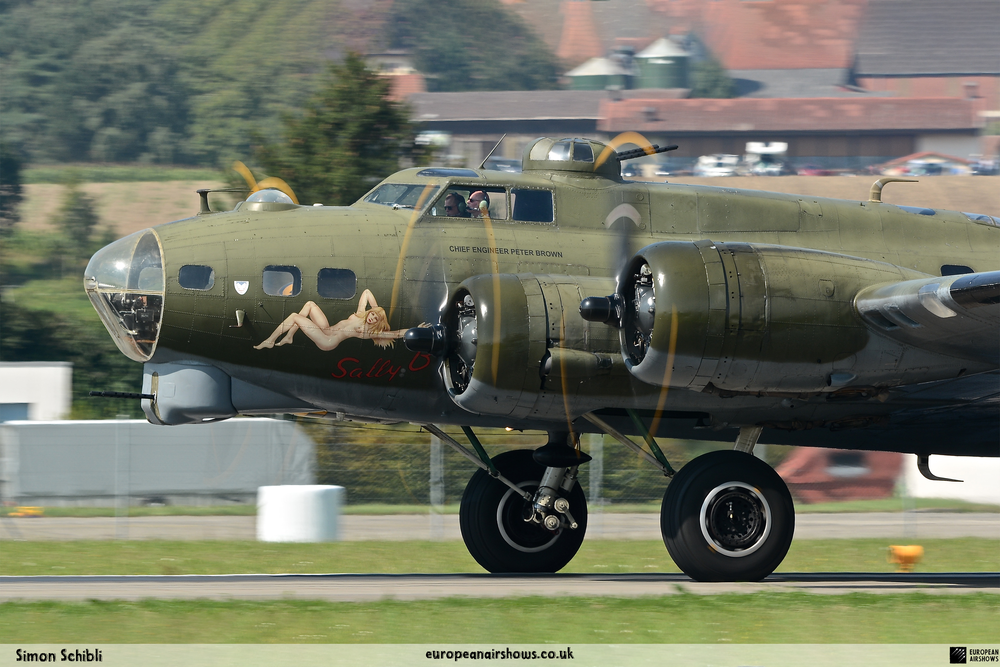
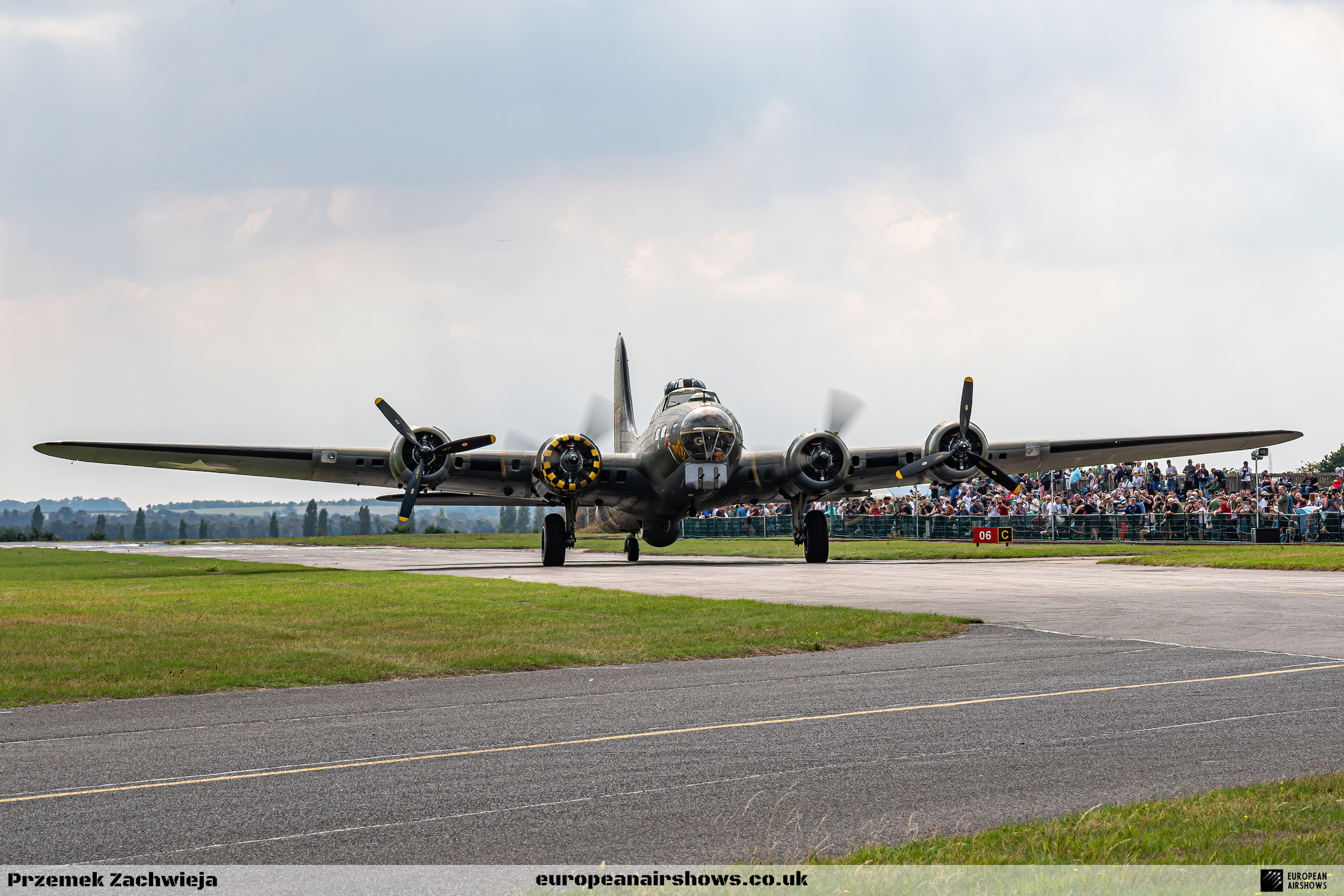
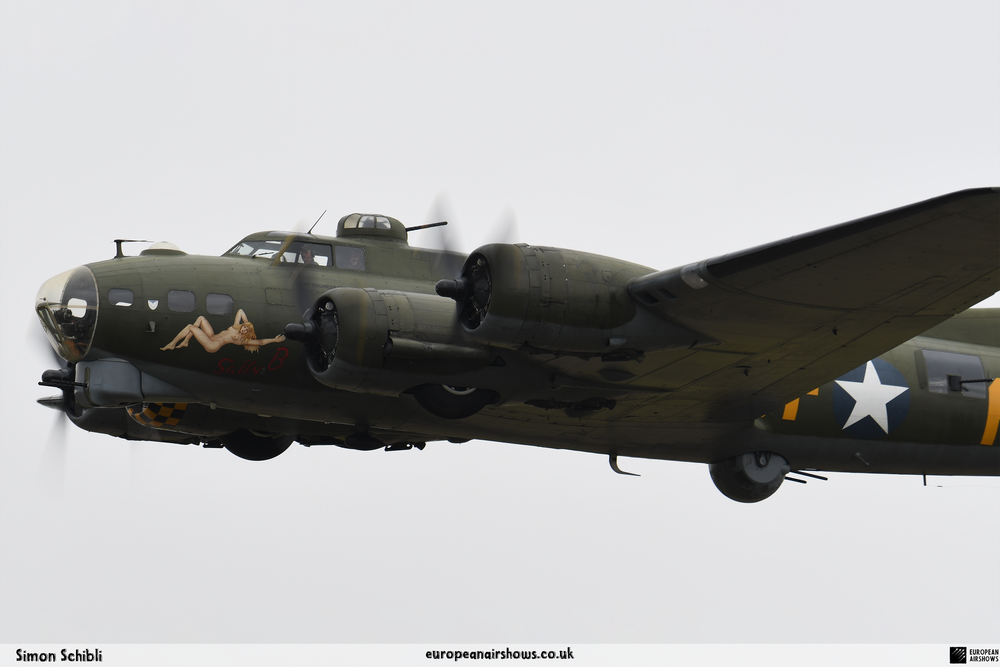
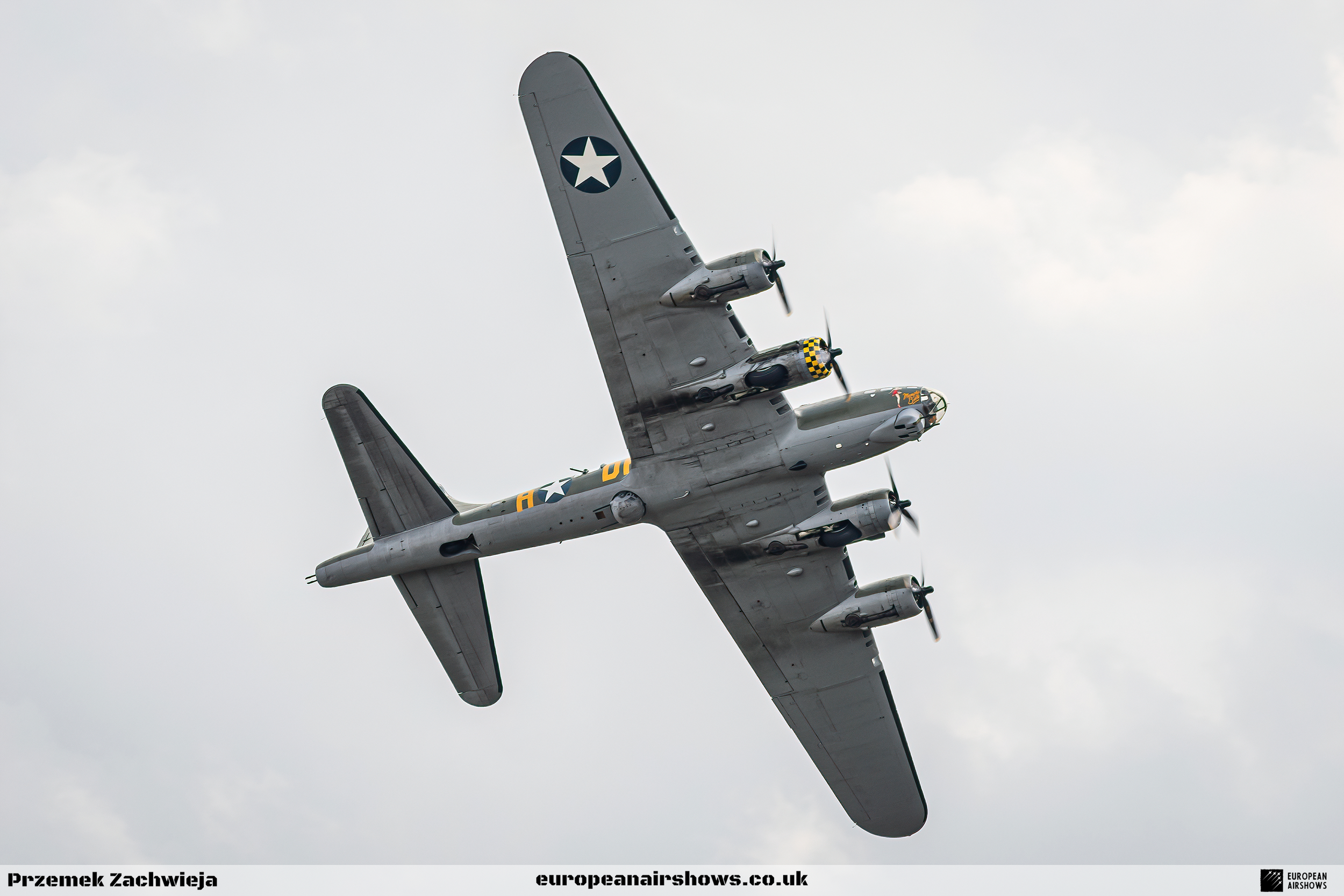
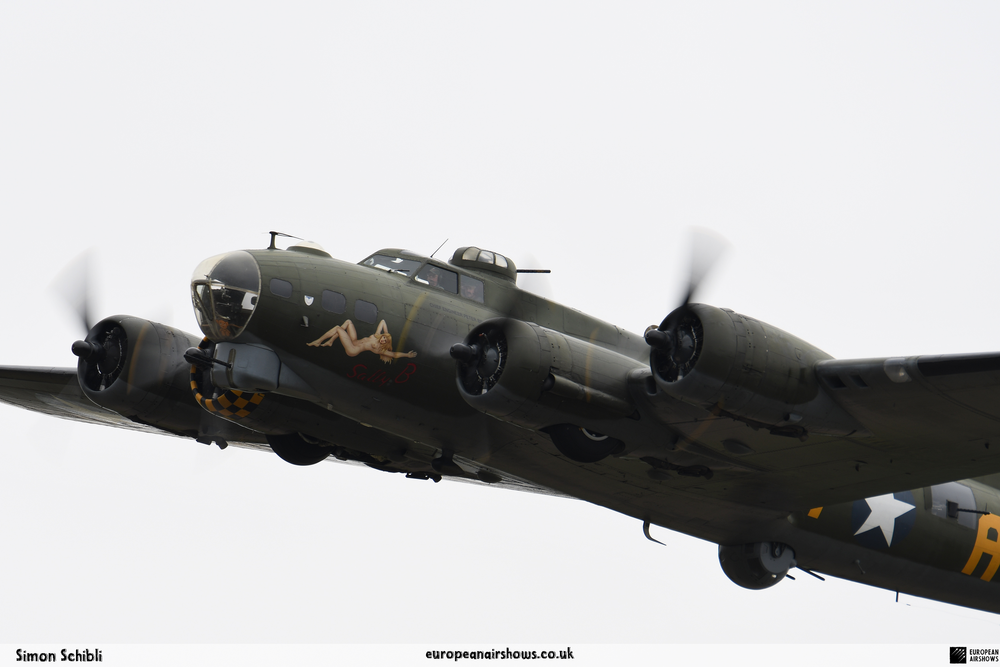
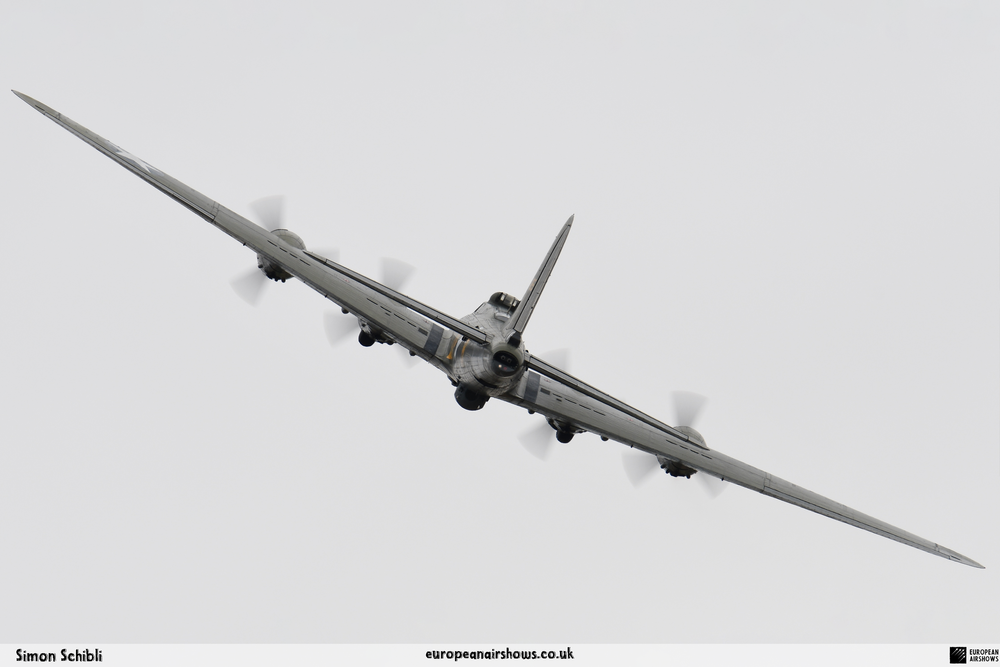
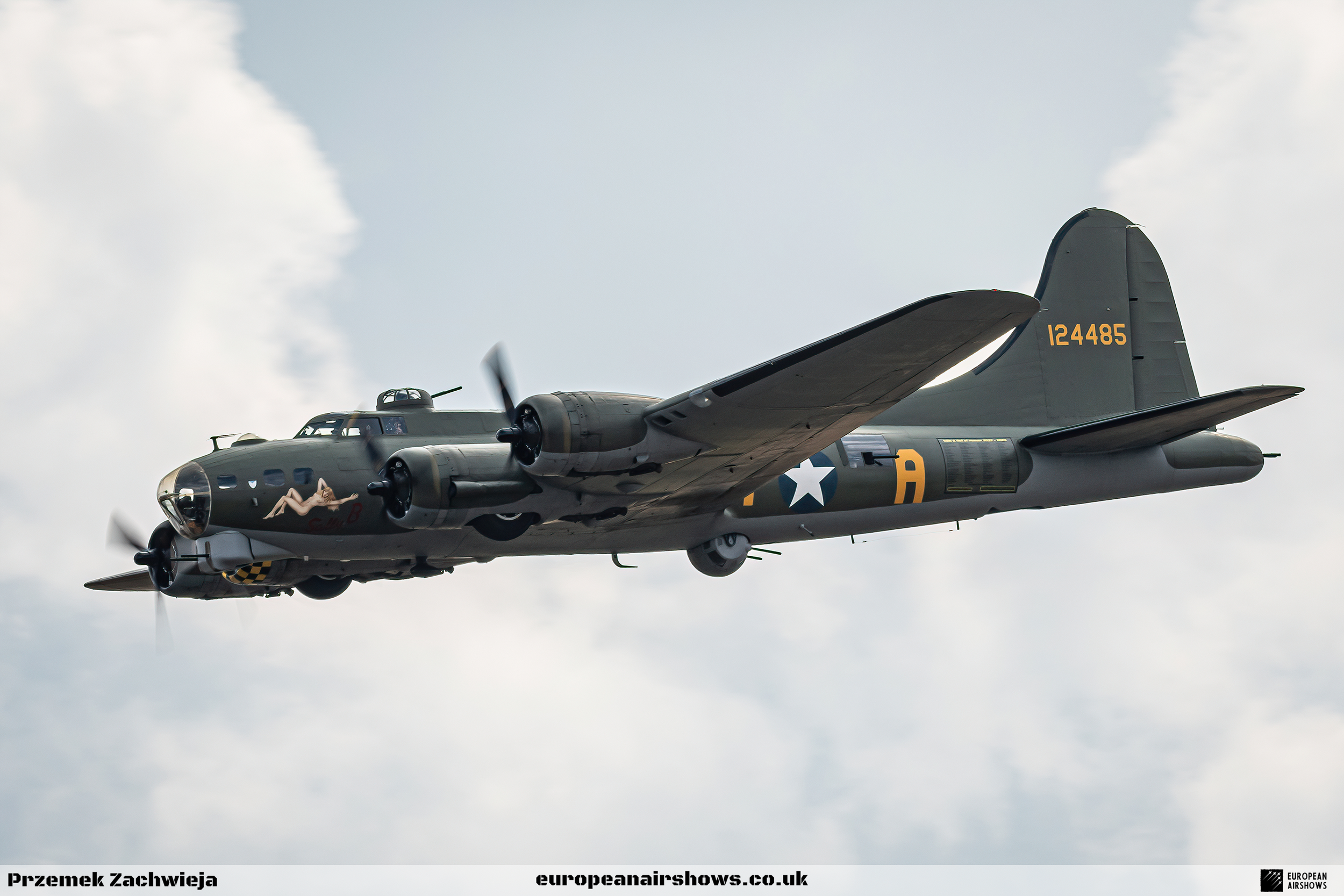
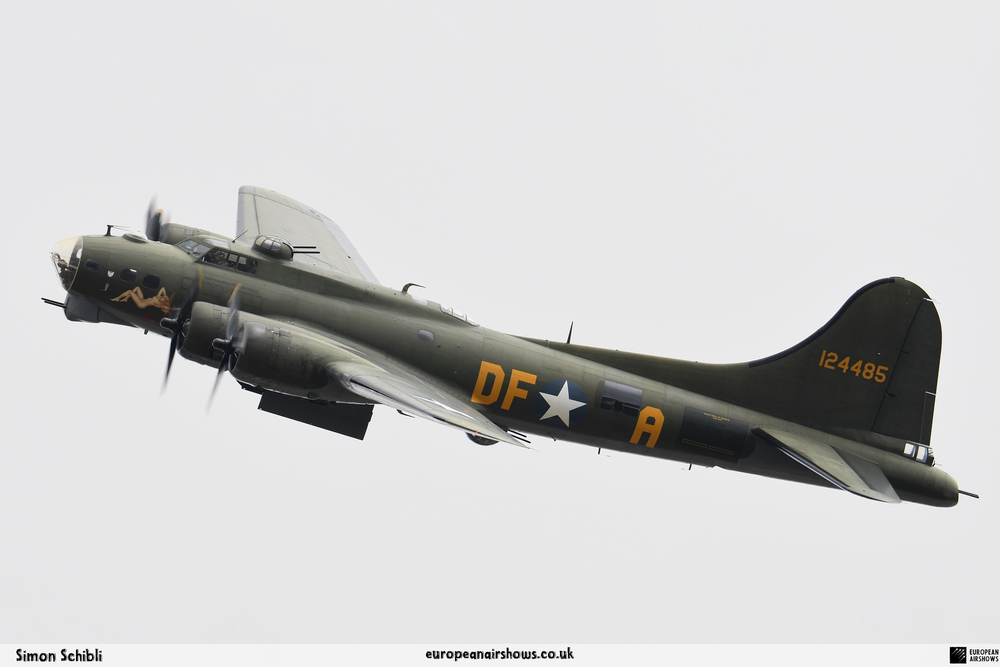
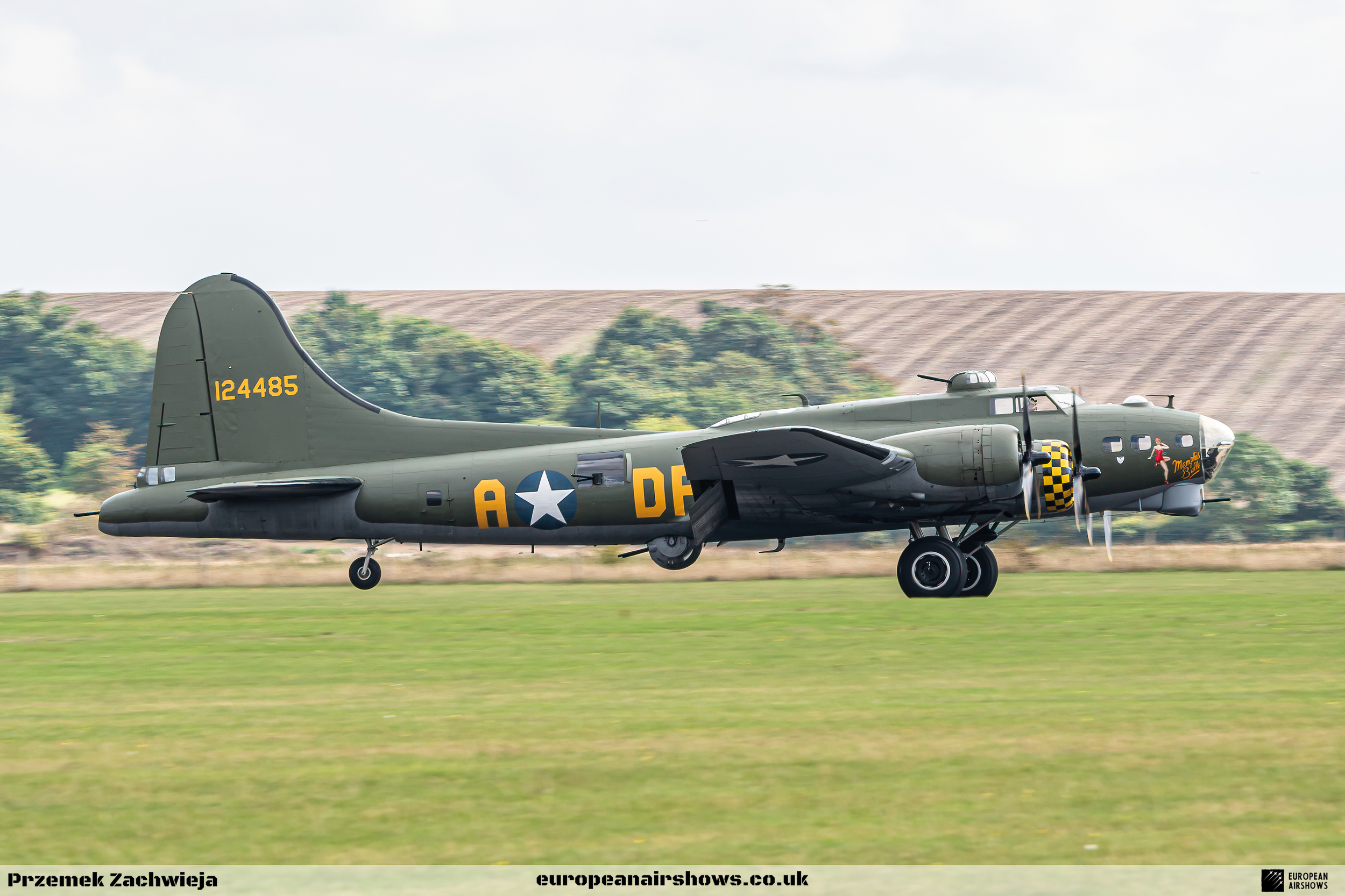
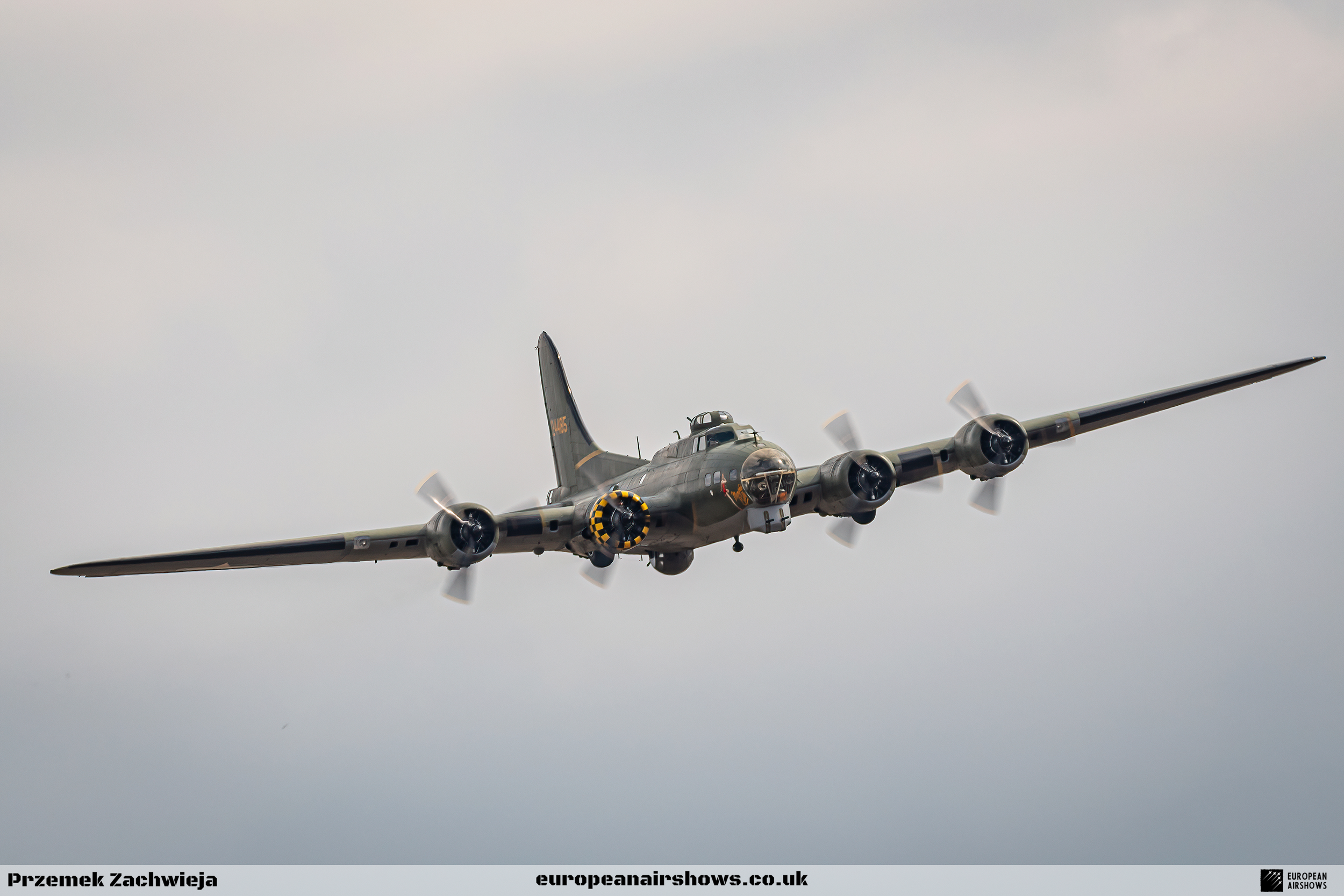
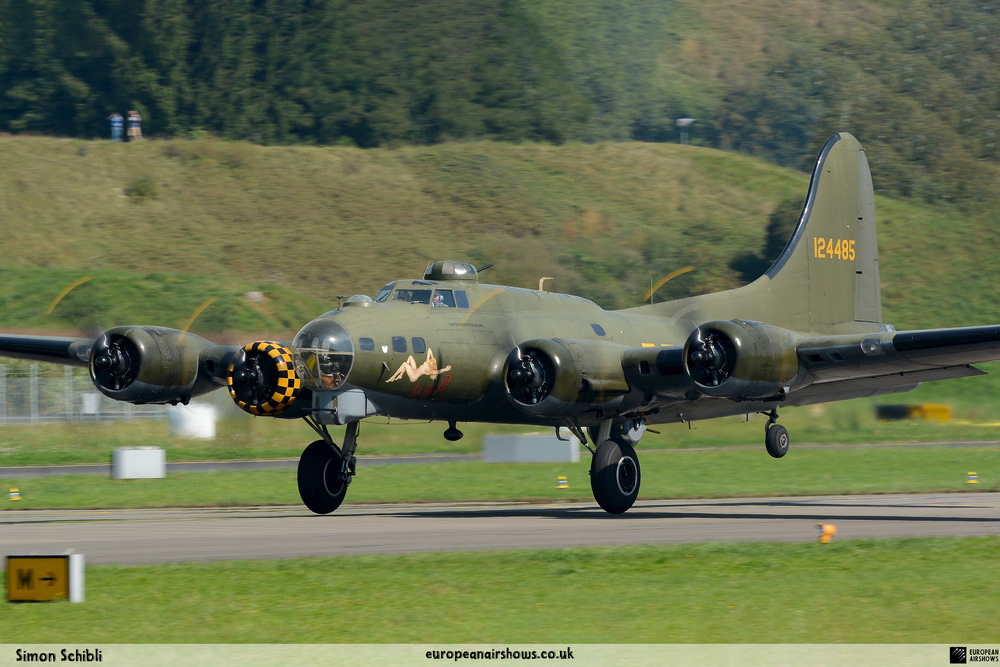
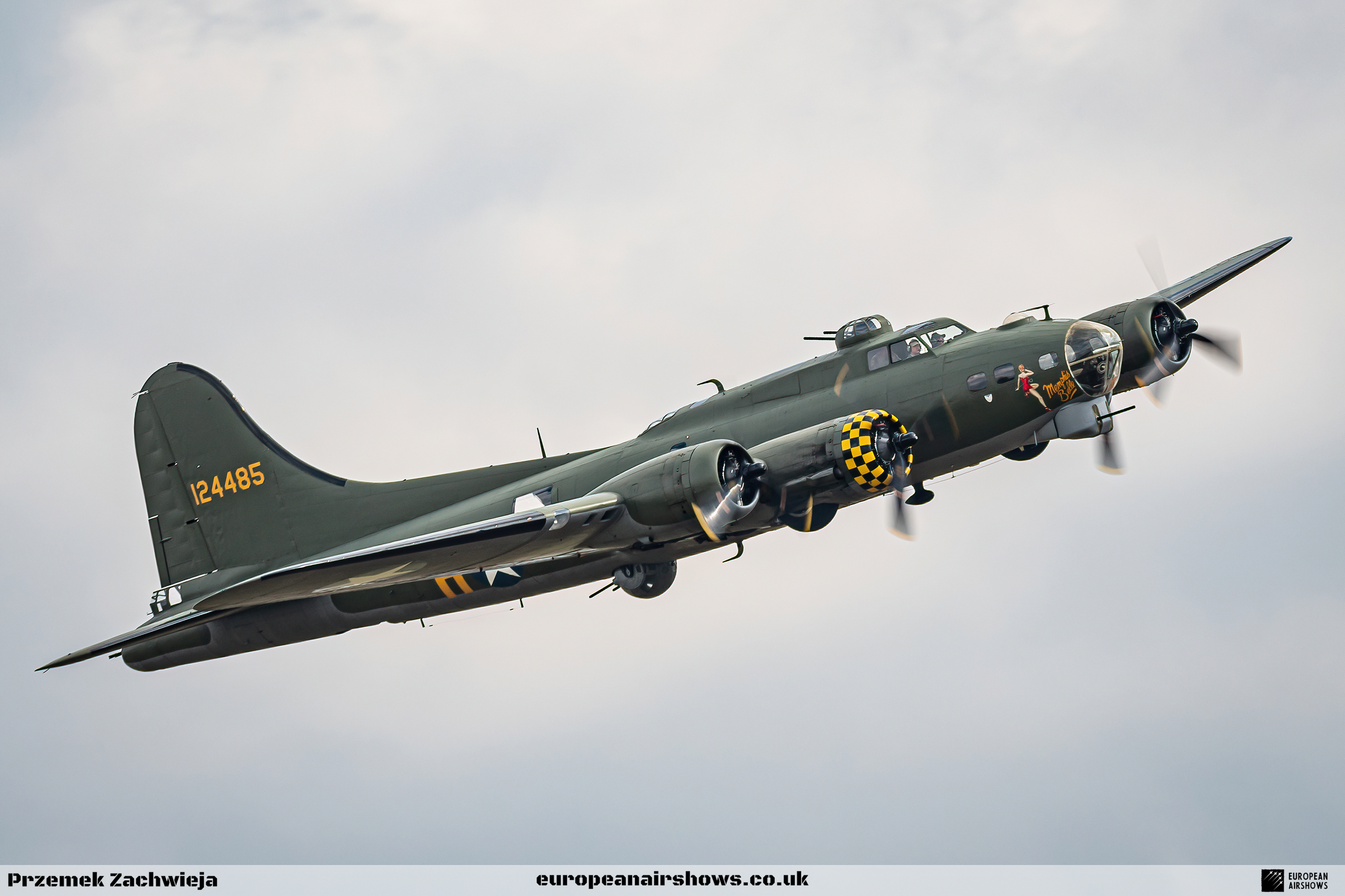
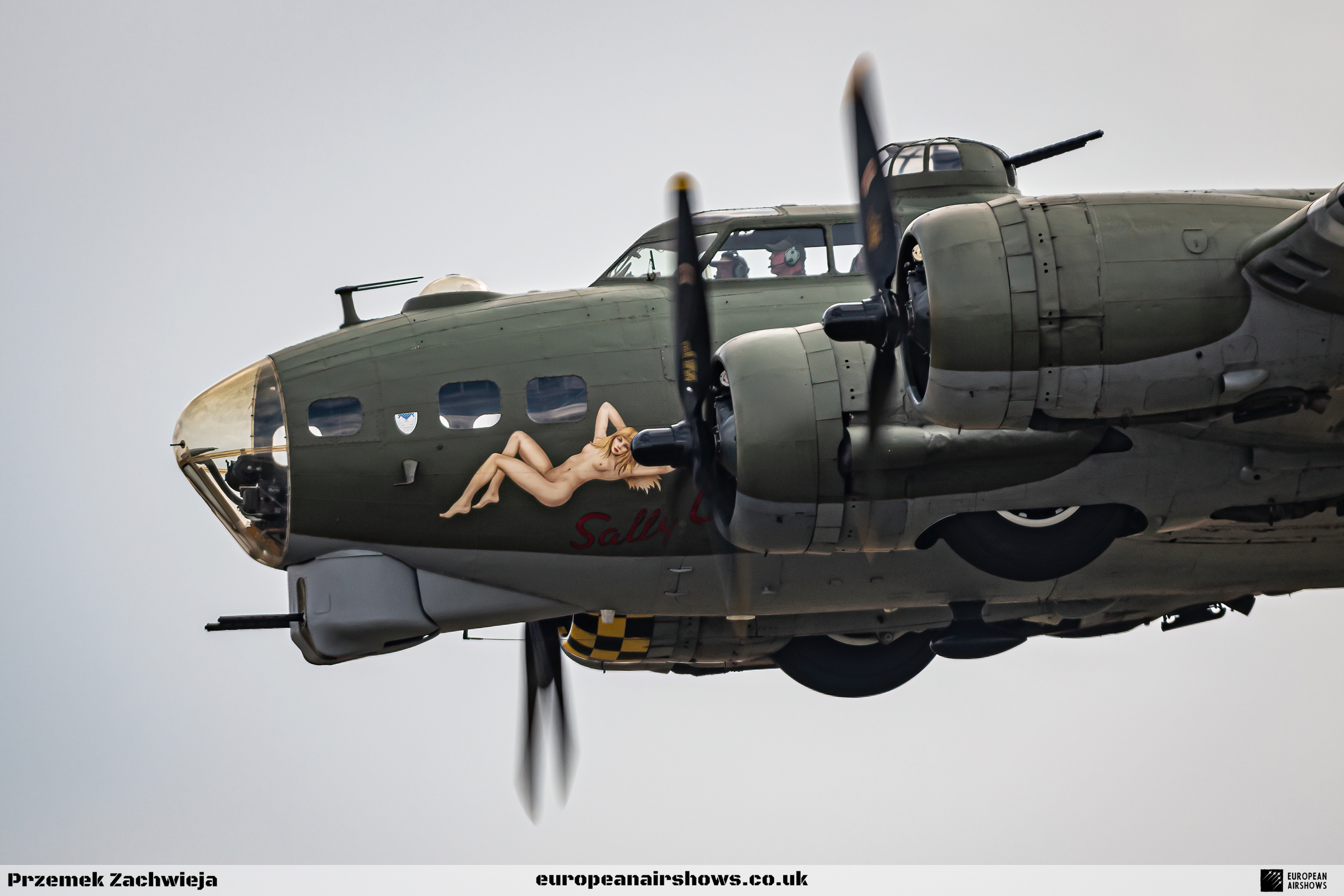
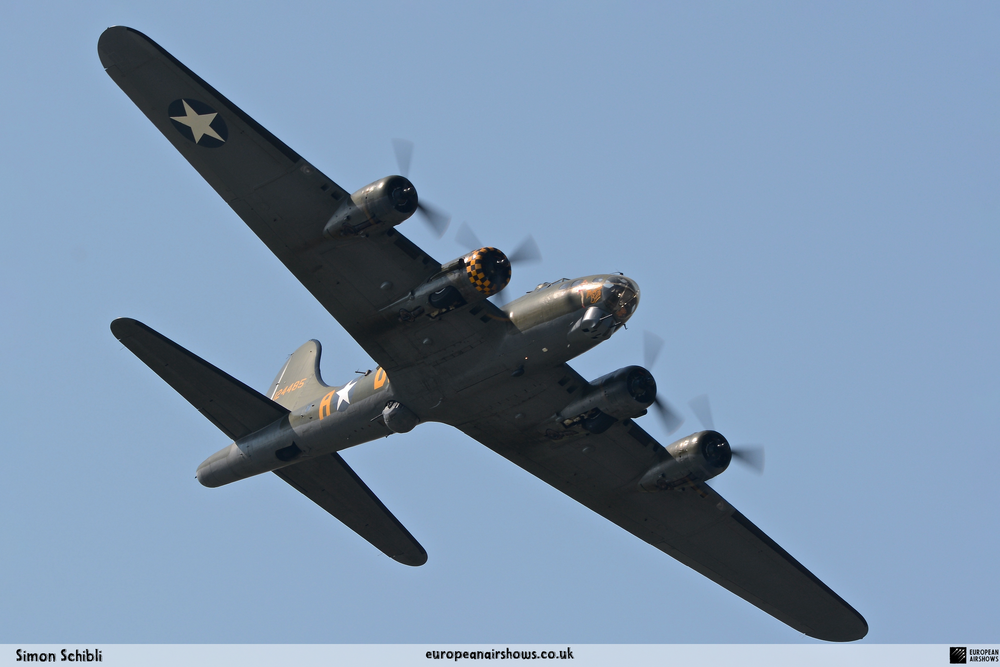
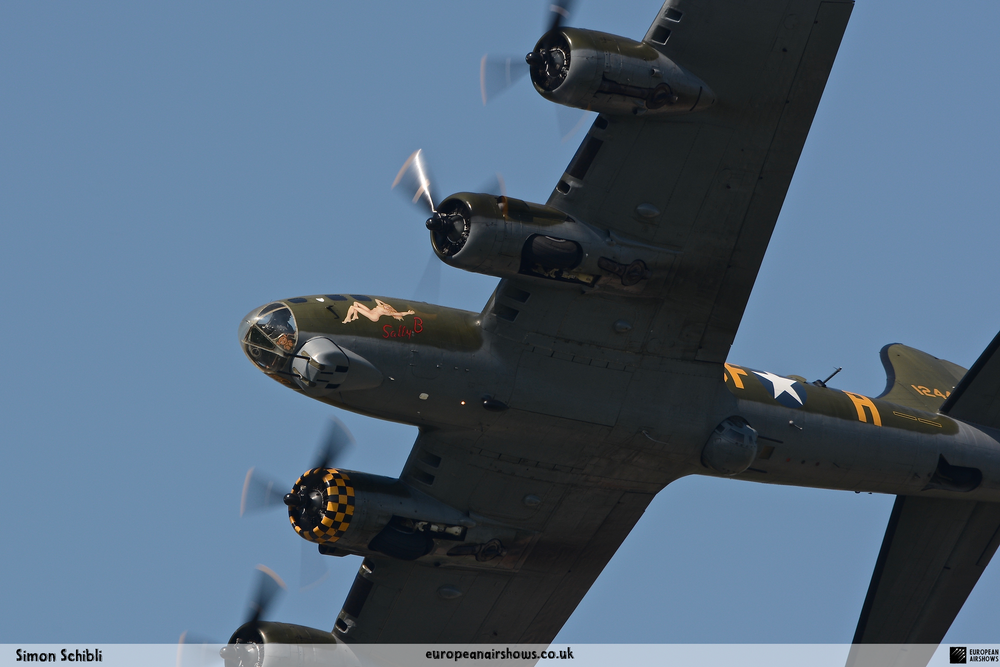
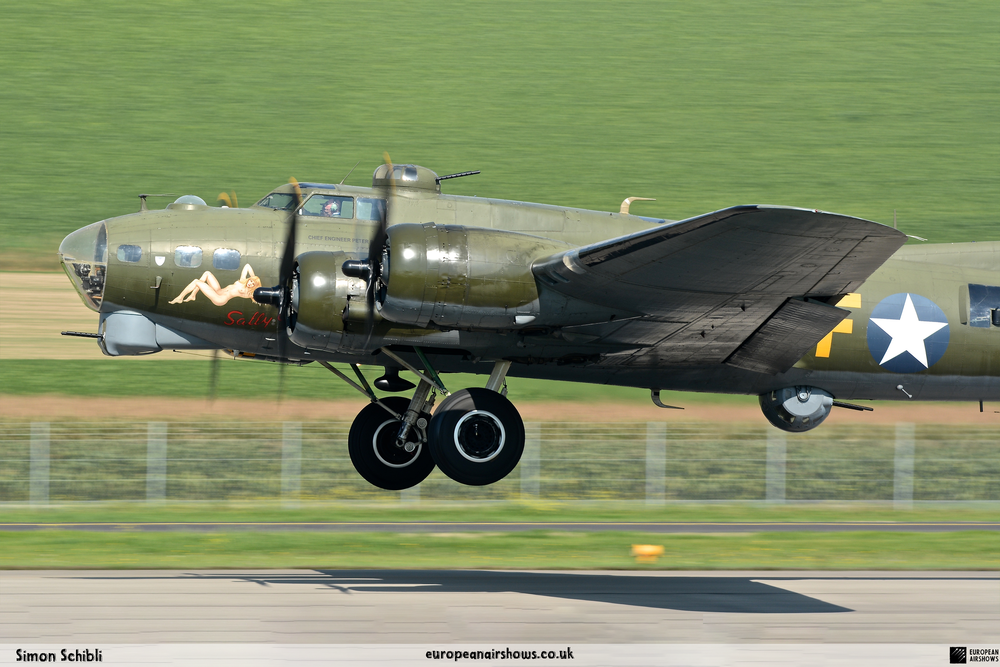
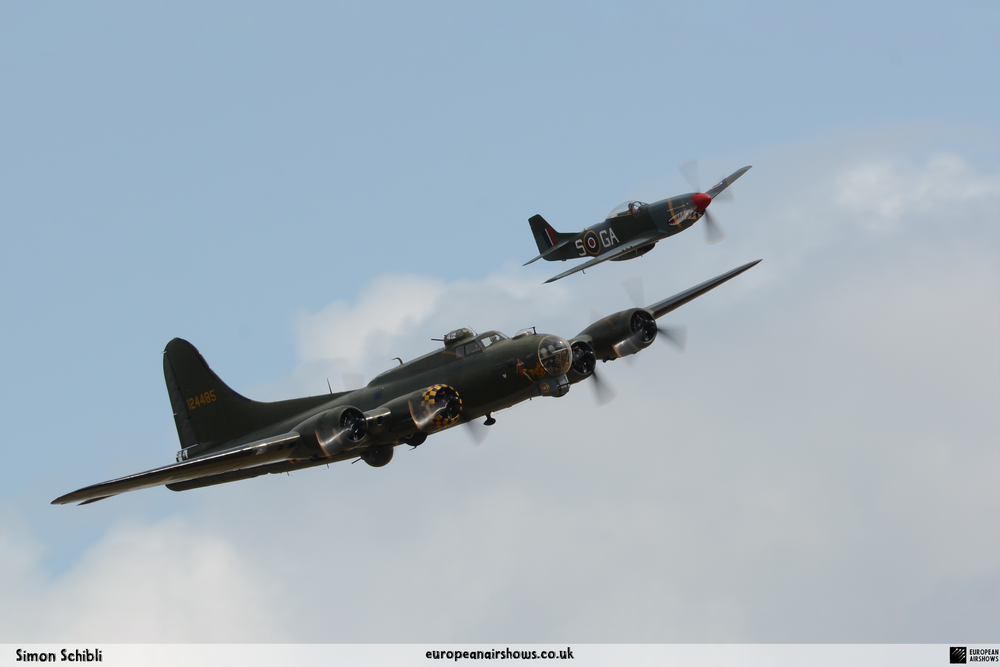
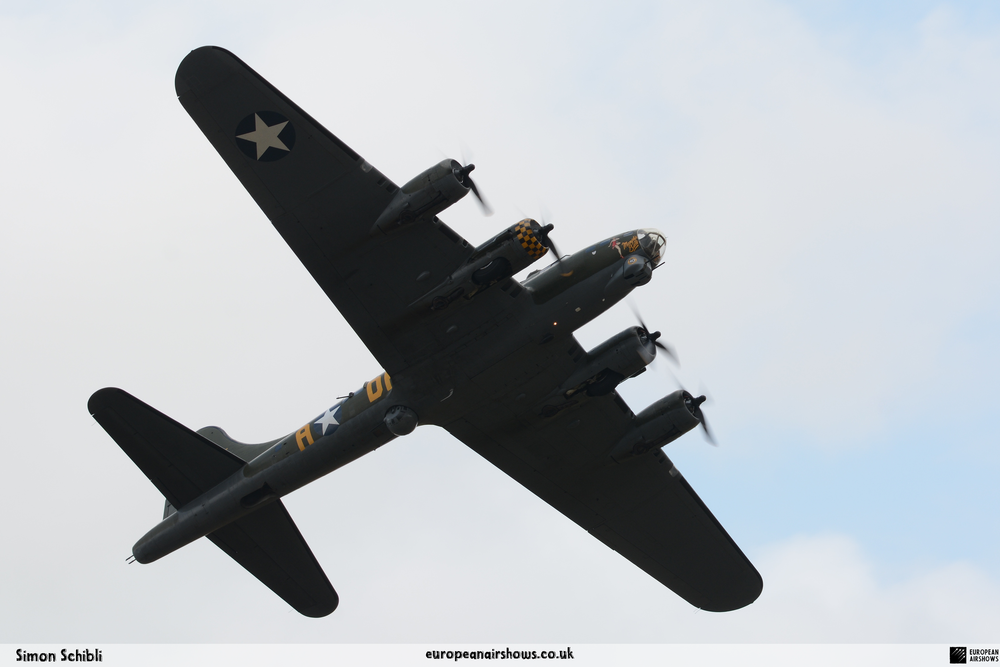
| Back to Top |






















